Artificial intelligence isn’t just learning from the internet—it’s quietly learning from your home, too. From smart speakers to connected appliances, your devices may be collecting more than you realize. Even if you opted into convenience, you might have unknowingly opted into data sharing that fuels massive AI training models. These hidden contributions raise serious questions about ownership, privacy, and consent in the digital age.
1. Your Smart Thermostat Might Be Sharing Data with Third Parties

A 2021 study from the SANS Institute found that smart home devices like thermostats often share data with multiple partners, sometimes without the user’s explicit knowledge. These data points can include temperature preferences, movement patterns, and even sleep cycles—ideal for training AI to predict behavior. While the data is technically anonymized, combining it with other household inputs makes it surprisingly easy to re-identify users. This type of data aggregation helps companies refine algorithms without clearly disclosing how it’s used.
Even if you agreed to a long-winded terms-of-service document, it likely didn’t spell out AI training explicitly. What you thought was a simple comfort upgrade may have helped a multinational company build a behavioral model. The convenience of automation can obscure the scale of information being collected. This raises questions about whether your home is really private—or just another training ground.
2. Voice Assistants Record More Than Just Commands
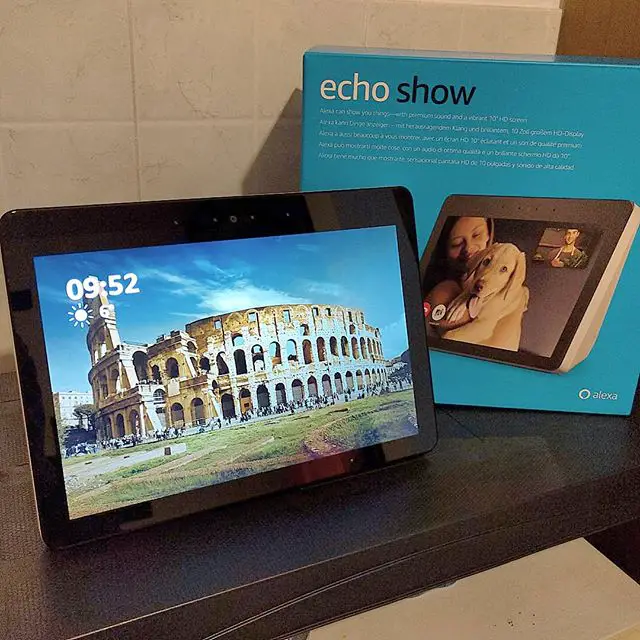
According to a 2019 investigation by The Guardian, contractors working with Amazon routinely reviewed audio clips recorded by Alexa devices, including ones triggered by mistake. These snippets were used to help train AI to better understand language, tone, and intent. That means every time you speak near a voice assistant, you might be supplying data that feeds speech recognition systems. You may not be talking to a person, but a person might be listening to your talk.
What’s more, accidental recordings can include sensitive conversations, background noises, and personal information. Even though companies claim these clips are used to improve the product, they’re also helping build AI models used far beyond your home. The real value isn’t just convenience—it’s the raw audio itself. And that makes your living room a data goldmine for language model training.
3. Security Camera Footage May Train Facial Recognition Models
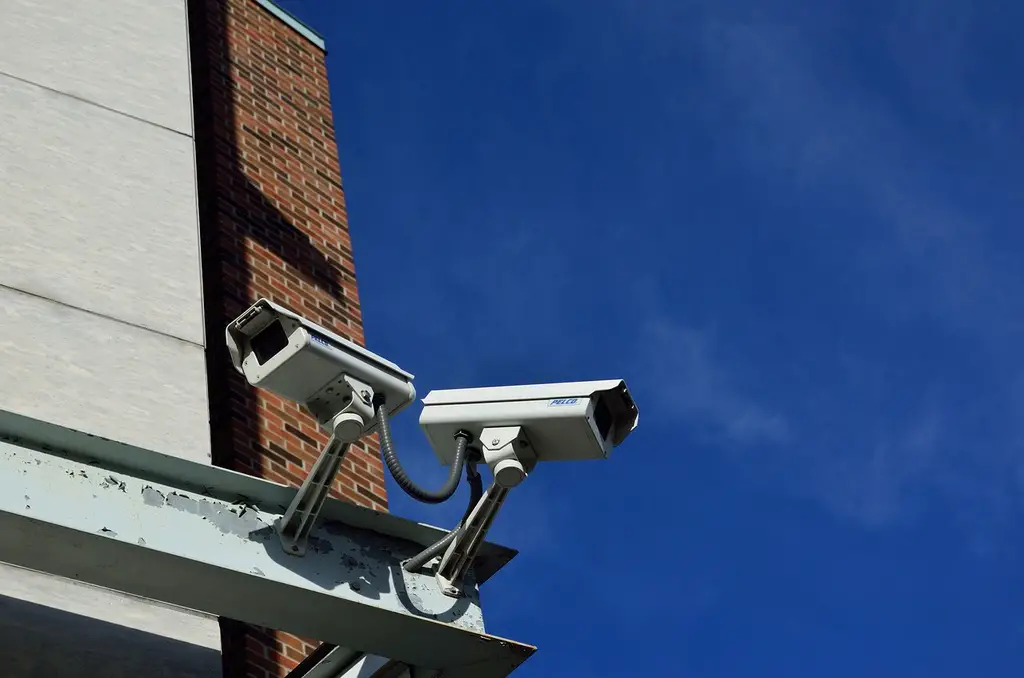
The Electronic Frontier Foundation warns that some home security cameras, especially those with cloud storage, contribute to databases used to improve facial recognition systems. Even if the footage is only stored briefly, the biometric data can be extracted, anonymized, and used to enhance surveillance AI. This becomes even more concerning when those models are sold to third-party developers or law enforcement. Your porch cam might be improving facial detection tools without your permission.
Many users assume their footage is private and accessible only through their personal app. But backend agreements between tech providers and AI developers often go unnoticed. These partnerships could mean your neighbors, delivery drivers, and even pets are becoming training data. And the lines between home safety and public surveillance keep getting blurrier.
4. Smart Appliances Transmit Usage Patterns for Algorithm Training
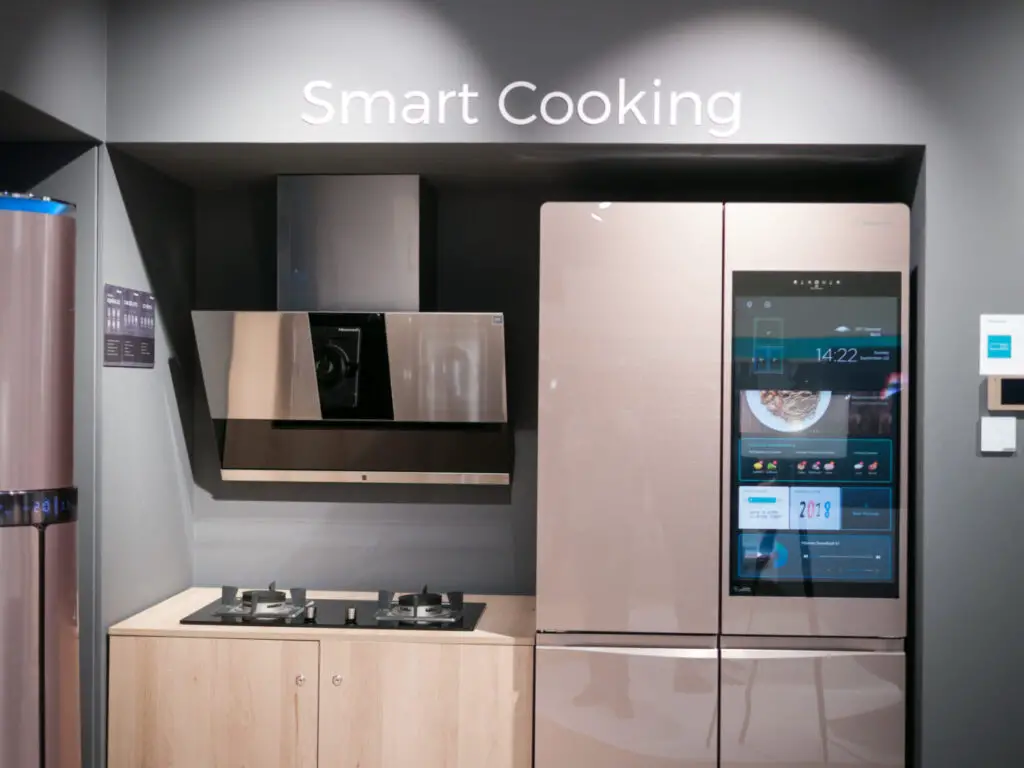
A Consumer Reports investigation in 2023 found that internet-connected appliances like dishwashers and washing machines often collect data about when and how they’re used. Manufacturers claim this helps improve efficiency and performance, but much of that data is also used to train predictive maintenance and automation systems. These models learn user habits, cycles, and even error behavior over time. And they’re built with the help of your daily routines.
It’s easy to overlook these patterns as harmless or too small to matter. But large datasets from thousands of households create detailed behavioral blueprints. That insight helps AI understand how people interact with technology—and how to make them do it more. It’s a data-driven loop that begins and ends in your kitchen.
5. Light Sensors Are Mapping Your Movement

Motion-sensitive lighting might be convenient, but it also silently tracks how and when you move through your home. These sensors can create heatmaps of foot traffic, daily rhythms, and peak activity zones. While you may view it as an energy-saving tool, companies see a behavioral dataset ripe for mining. That data can teach AI how humans navigate interior spaces in real-time.
Over time, these inputs can be used to train indoor navigation algorithms, even those used in robots or smart retail environments. Your hallway habits could help shape AI used in everything from elder care to warehouse automation. And yet, you’ll likely never know how that insight was shared or where it ended up. It’s one more invisible thread in the growing web of home-based data extraction.
6. Smart TVs Are Sharing Viewing Behavior
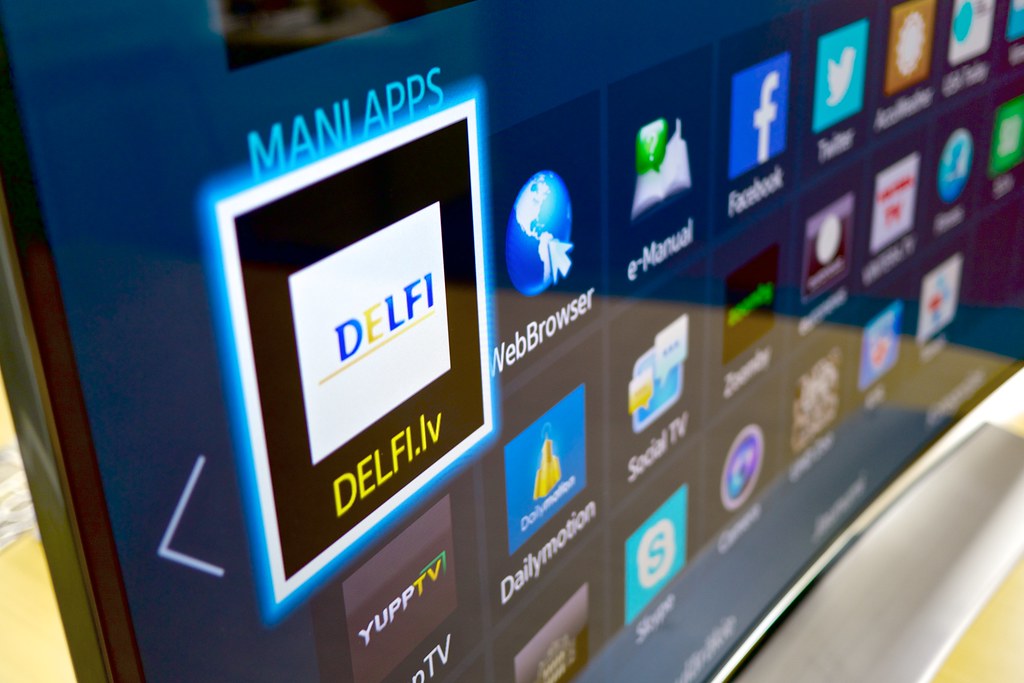
That “recommendation engine” helping you find your next binge-worthy show is powered by constant data collection. Smart TVs monitor what you watch, when you watch, and how long you stay tuned in. This information helps train content-recommendation AIs and attention-span predictors. Some even track what’s on screen, down to logo recognition.
This level of surveillance isn’t limited to your tastes—it can profile your mood, routine, and response to advertising. Your living room becomes a test site for engagement algorithms. And once collected, this data rarely stays local. Whether or not you’re comfortable with it, your TV might be analyzing you just as much as you’re watching it.
7. Home Robots Are Mapping Your Rooms
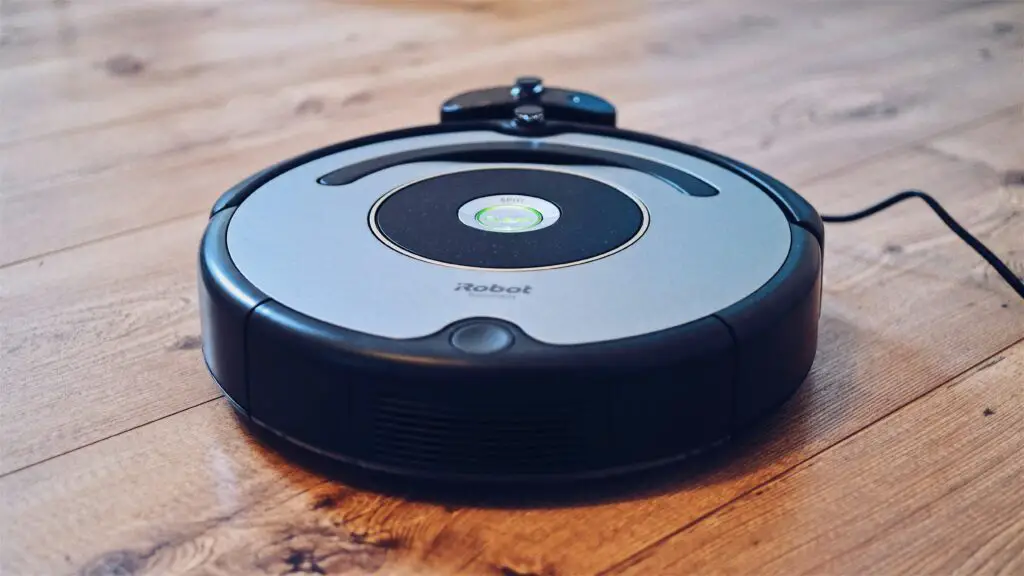
Robot vacuums and cleaning bots don’t just sweep—they scan. Many models use lidar and other sensors to build detailed maps of your floorplan, including furniture placement and room size. While these maps help the robot navigate, they can also be stored and used to train spatial-awareness algorithms. These same models may be repurposed for robotics far beyond your home.
In some cases, companies may anonymize and resell these scans to developers working on unrelated AI applications. That cute little cleaning bot might be contributing to the next generation of warehouse robots. But you’d never know, since the terms are buried in the fine print. Your home layout is more valuable than you think.
8. Smart Fridges Track Consumption and Inventory
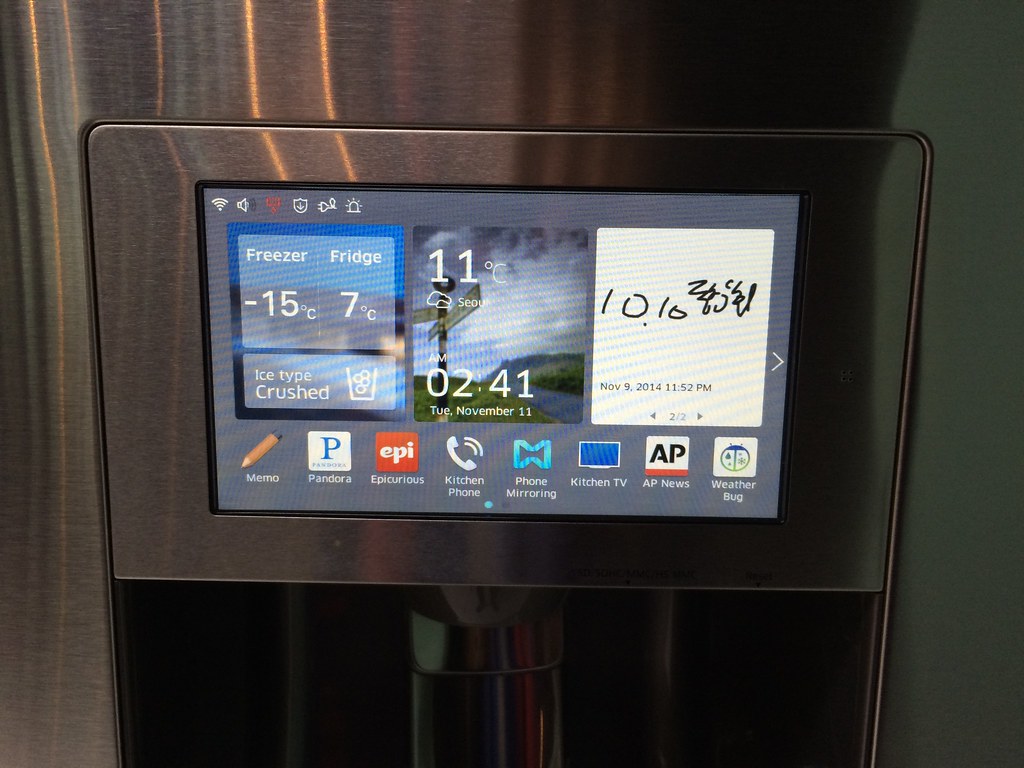
Smart refrigerators can now suggest recipes based on what’s inside—and that requires detailed monitoring of your food habits. These devices often log item recognition, expiration dates, and consumption patterns to help train food-tracking AIs. This data helps create more intuitive interfaces and predictive tools for food delivery, waste management, and nutrition planning. But it’s also another point of vulnerability for your household privacy.
It may seem helpful that your fridge knows when you’re out of eggs, but it also means a company knows when—and how—you eat. Over time, these trends are aggregated and mined for larger consumer behavior insights. And it all happens behind a digital curtain. What feels like convenience is often a carefully masked data harvest.
9. Doorbell Cameras Feed AI Object Recognition
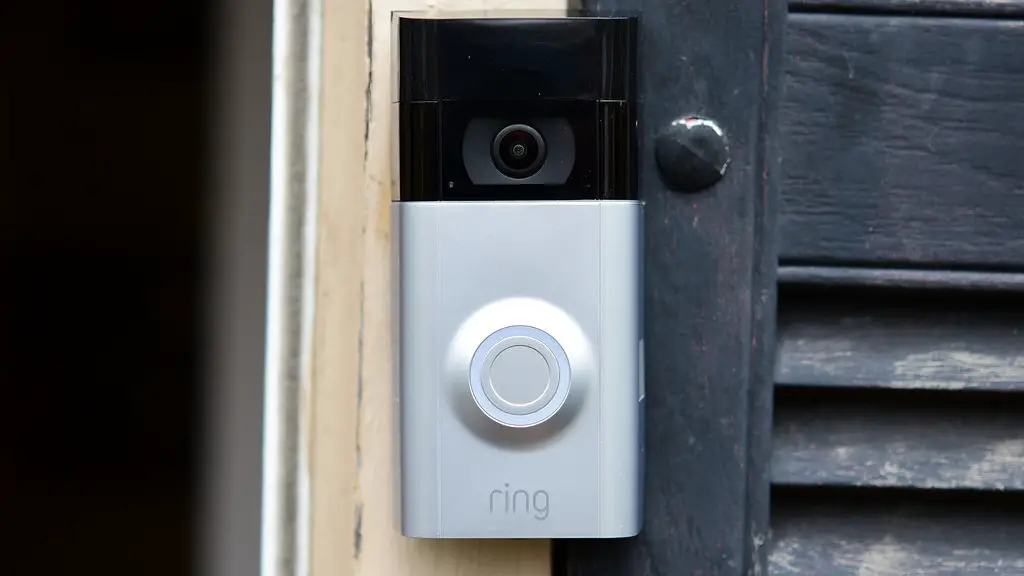
Your smart doorbell doesn’t just identify visitors—it may be teaching AI how to recognize people, packages, animals, and more. These video snippets are used by tech companies to improve object recognition software, which has applications far beyond your doorstep. What looks like a harmless clip of a delivery may end up refining AI used in drone logistics or self-driving cars. And all of it happens without notifying the people caught on camera.
Most consumers think their footage is stored for personal review, not corporate training. But by agreeing to cloud storage or default settings, you might be offering up your street view to massive neural networks. Even mundane details like how someone walks or what shoes they wear can become useful data. And the AI behind it all is learning fast.
10. Digital Assistants Learn from Your Emotional Tone

AI systems powering voice assistants are being trained not only to recognize what you say—but how you say it. These tools listen for stress, joy, fatigue, and urgency, gradually building models that can respond to emotional cues. Your commands and casual comments help teach these systems how to mirror and predict human emotion. And that training data often comes directly from conversations inside your home.
While some users find this responsiveness helpful, it also means your emotions are being quantified for tech optimization. This type of data can be used to shape advertising, recommendation engines, or even customer service chatbots. The emotional nuance that makes us human is becoming a feature to be monetized. And it’s happening through technology you invited inside.
11. Smart Plugs Track Appliance Behavior
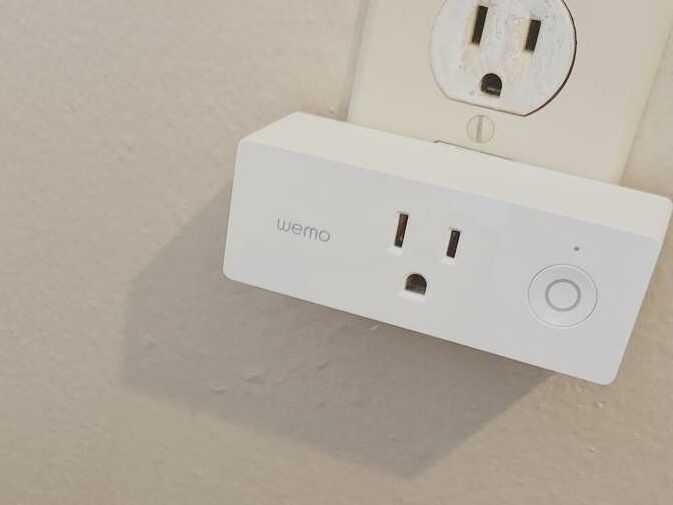
Many smart plugs now collect usage data to help consumers manage power consumption and automation routines. But they also contribute valuable input on how often appliances are turned on, how long they run, and what times of day they’re used. This data supports AI training for home energy systems, grid forecasting, and consumer behavior analysis. What seems like a personal eco-upgrade could be a small cog in a much larger AI machine.
Few consumers realize how much can be learned from patterns like “coffee maker turns on at 6:45 AM daily.” Over time, these micro-behaviors paint a full picture of your lifestyle. And the more consistent your routine, the more predictable—and valuable—you become. That’s data AI thrives on, and your plug may be providing it constantly.
12. Home Fitness Devices Share Biometric Data
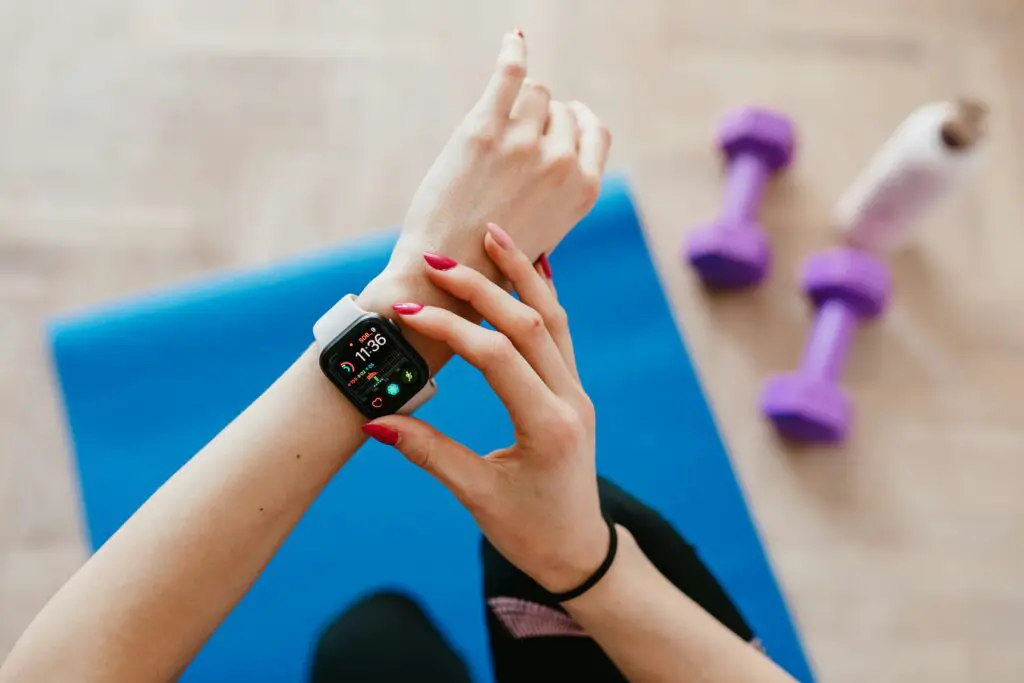
Fitness mirrors, smart scales, and connected workout equipment collect a staggering amount of personal data—from heart rate to body composition. While much of this is used to personalize workouts, it also feeds AI models in health tech and predictive diagnostics. These systems learn how different body types respond to exercise, stress, and recovery over time. And your sweat is helping them get smarter.
Companies often anonymize this data, but that doesn’t mean it stays private. Third-party developers may use these insights to shape insurance models, workplace wellness tools, or medical diagnostics. What started as a push toward fitness may be a quiet contribution to a surveillance-style health ecosystem. And opting out can be nearly impossible once the data is logged.
13. Sleep Tech Devices Monitor Circadian Patterns
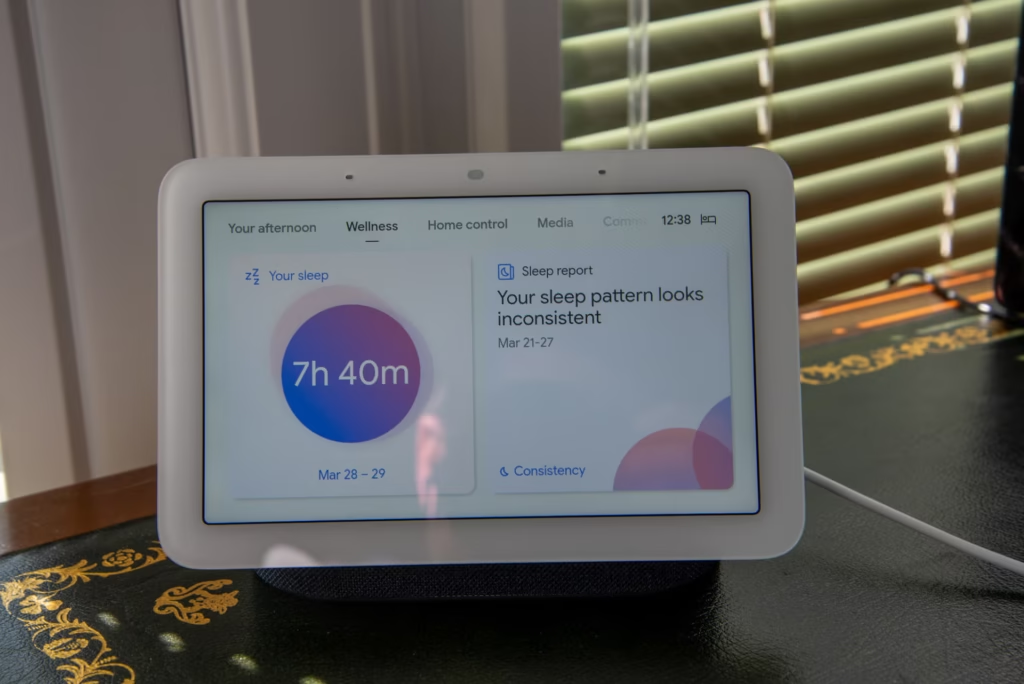
Smart mattresses and sleep trackers gather data on when you fall asleep, how often you wake, and what disrupts your rest. This information is used not just for personalized sleep coaching, but to train AI on sleep architecture and circadian rhythms. These models are increasingly valuable in health research, mental wellness apps, and even corporate productivity tools. And they’re built on the quietest moments of your day.
Sleep data is intimate, yet few realize how widely it’s shared and processed. A slightly restless night can become part of a broader dataset on global sleep trends. While the goal may be better rest, the tradeoff is a detailed map of your most vulnerable hours. And your mattress might be sending more than comfort reports.
14. Home Hubs Can Record Cross-Device Behavior
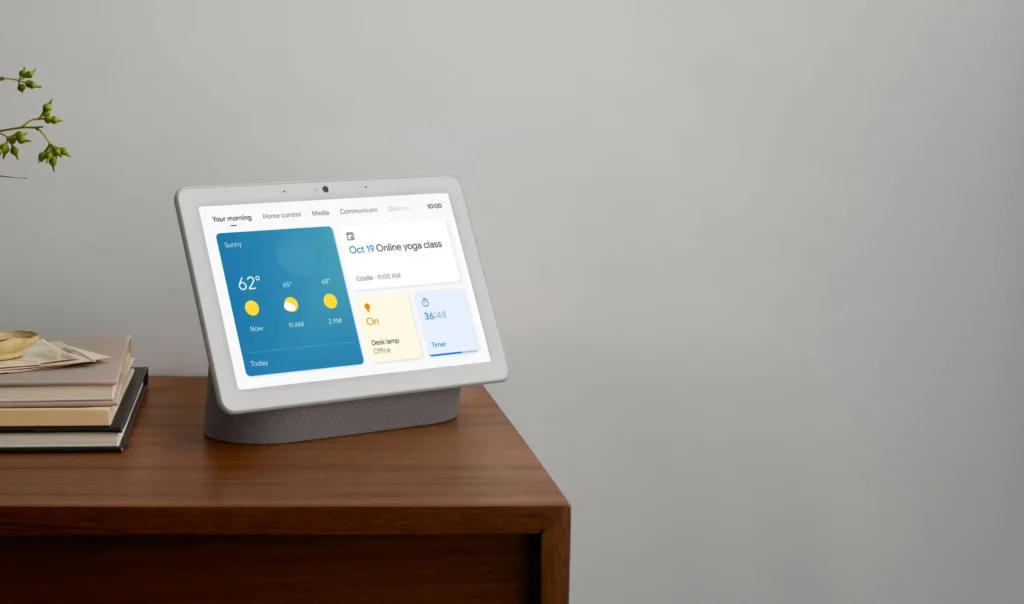
Centralized home hubs connect multiple devices, syncing lighting, security, audio, and even plumbing. These platforms generate rich datasets that reveal how you interact across technologies throughout the day. This holistic view allows AI to model full household ecosystems and anticipate multi-step behaviors. Your home becomes a simulation lab, and you’re the unknowingly active participant.
Because all these inputs come together in one system, it’s easier for algorithms to spot cause-and-effect behaviors. For example, turning off lights might usually precede locking the doors and arming the alarm—valuable logic for future AI design. Over time, this cross-device data becomes a blueprint for domestic life. And it’s a blueprint you never meant to share.
